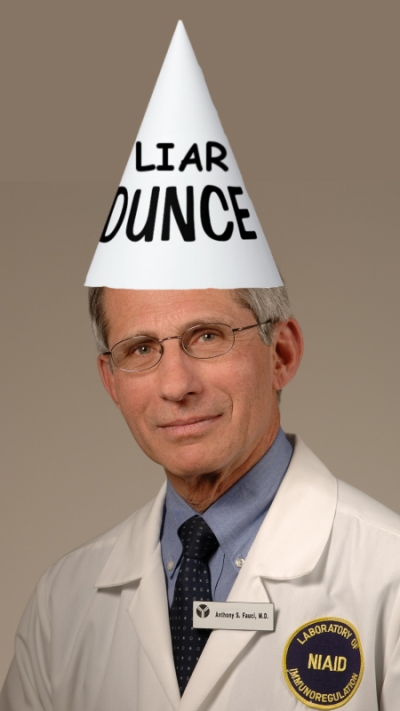FAA grants Rocket Lab permission to resume launches following launch failure
Capitalism in space: According to a press release from Rocket Lab yesterday, the FAA has granted it permission to resume launches following its May 15th launch failure when a problem with the rocket’s upper stage prevented it from reaching orbit.
Apparently the FAA is satisfied with the thoroughness of Rocket Lab’s investigation into the launch failure, and is thus willing to let launches resume, when the company itself decides it is ready. Rocket Lab’s investigation into the failure however is not complete. According to the press release:
The review team is working through an extensive fault tree analysis to exhaust all potential causes for the anomaly and the full review is expected to be complete in the coming weeks, following which Rocket Lab anticipates a swift return to flight.
Though that review continues, the company has not yet revealed what it thinks caused the upper stage to send the rocket and payload in the wrong direction upon ignition.
Capitalism in space: According to a press release from Rocket Lab yesterday, the FAA has granted it permission to resume launches following its May 15th launch failure when a problem with the rocket’s upper stage prevented it from reaching orbit.
Apparently the FAA is satisfied with the thoroughness of Rocket Lab’s investigation into the launch failure, and is thus willing to let launches resume, when the company itself decides it is ready. Rocket Lab’s investigation into the failure however is not complete. According to the press release:
The review team is working through an extensive fault tree analysis to exhaust all potential causes for the anomaly and the full review is expected to be complete in the coming weeks, following which Rocket Lab anticipates a swift return to flight.
Though that review continues, the company has not yet revealed what it thinks caused the upper stage to send the rocket and payload in the wrong direction upon ignition.








